
The project constitutes a preliminary study regarding the development of digital support tools for the fire and rescue services. This support may also include AI-based solutions. The project was co-funded in equal parts by Brandforsk and the Fire Protection Association West (Brandskyddsföreningen Väst), and was carried out in collaboration between Brandforsk and the National Development […]

Climate adaptation is becoming increasingly important in several professional areas and sectors of society, including the fire service. In the fire service, this has led to increased attention to the environmental impact of fires – both from the fire itself and from extinguishing efforts. The fire service has some opportunity to influence the environmental impact […]
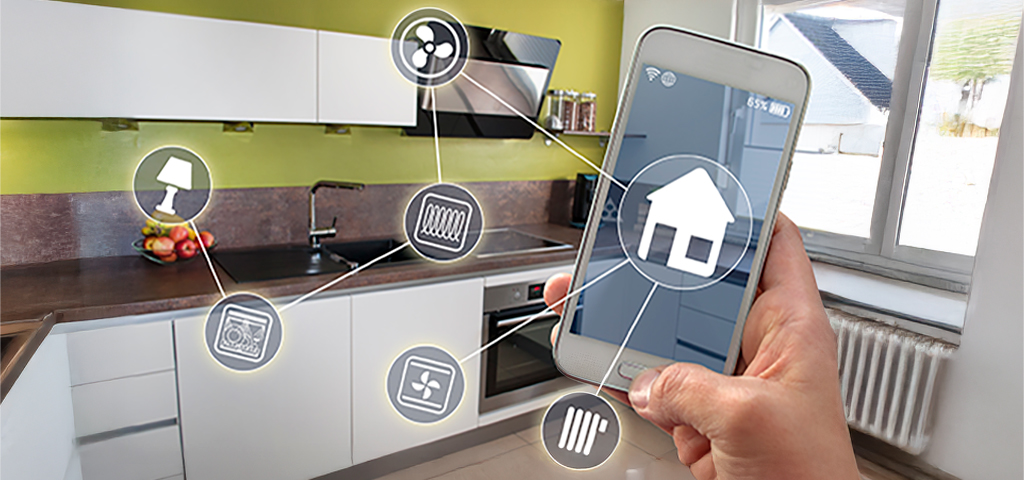
In today’s building landscape, what is called “smart buildings” is something that has become increasingly common. The definition varies somewhat, but in most cases it is about buildings being constructed with technology that monitors the building in various ways with the aim of increasing the building’s performance in terms of comfort, sustainability, energy efficiency, etc. […]
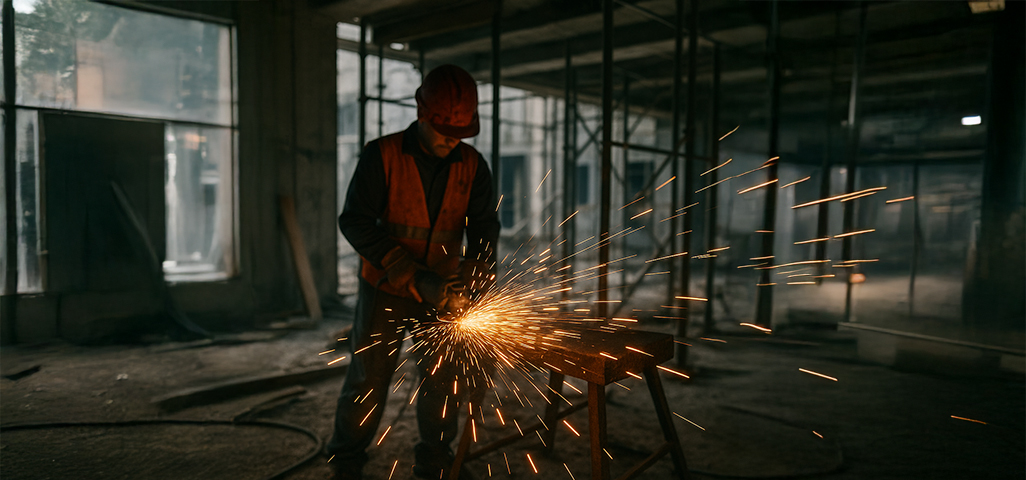
Hot work is one of the main causes of fires on construction sites and in industry. Despite training efforts, routines and checklists, accidents still occur – often due to the human factor. This project aims to reduce the risk of fire by developing a new method to identify spark formation at a very early stage.
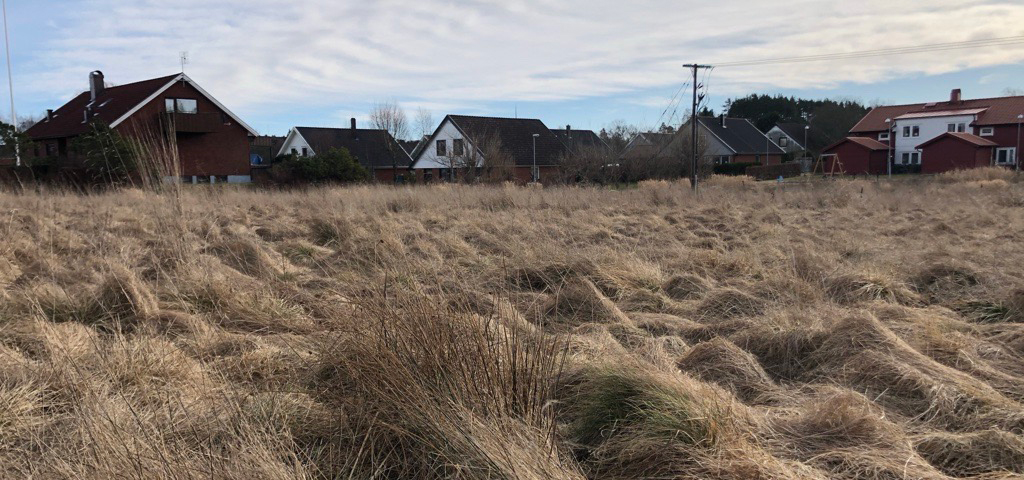
In large parts of northern and eastern Europe, spring fires in last year’s grass on open ground account for an even larger proportion of fires. Although these rapid, but usually smaller, fires receive less media coverage, research shows that they are responsible for most damage to people and buildings. Compared to the risk of forest […]
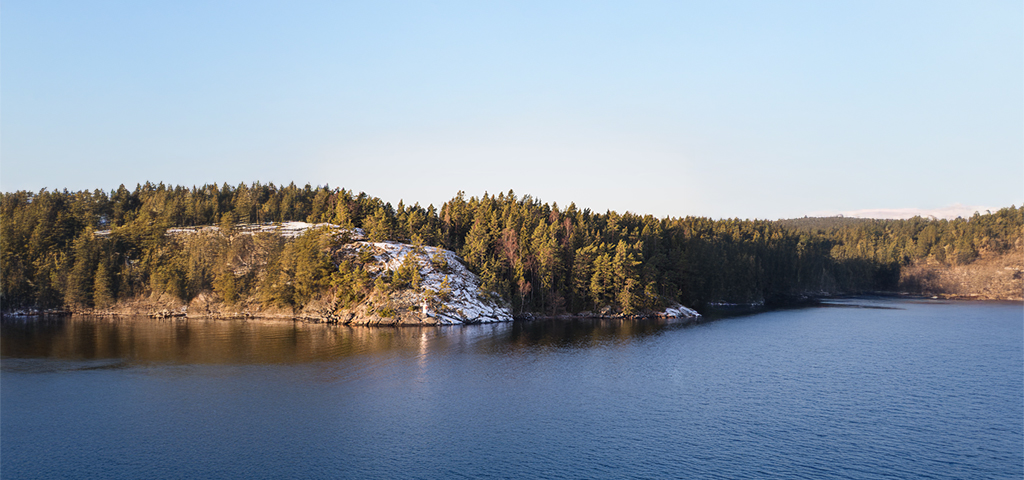
Although flame retardants are an important component of a fire-safe society, unfortunately many of them are hazardous to health, and the spread of persistent and toxic flame retardants is a major environmental problem. Flame retardants prevent fires by removing one or more of the components needed for a fire to start and sustain, using various […]
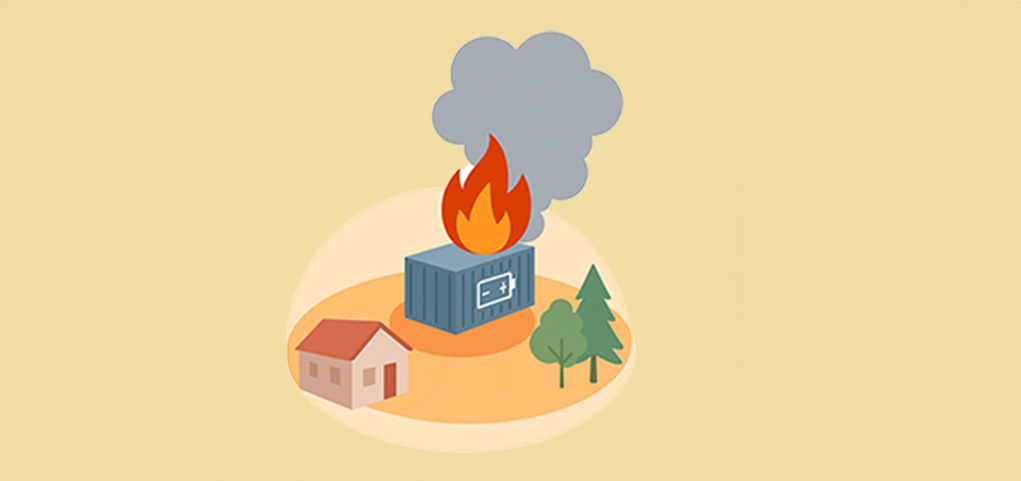
In a sustainable society, new solutions are constantly being developed to produce and store energy reliably. The increasing power demand and the growing share of renewable energy have led the market to rapidly develop new systems, but the rapid pace also brings challenges, especially when it comes to fire safety. The regulations for electrical energy […]
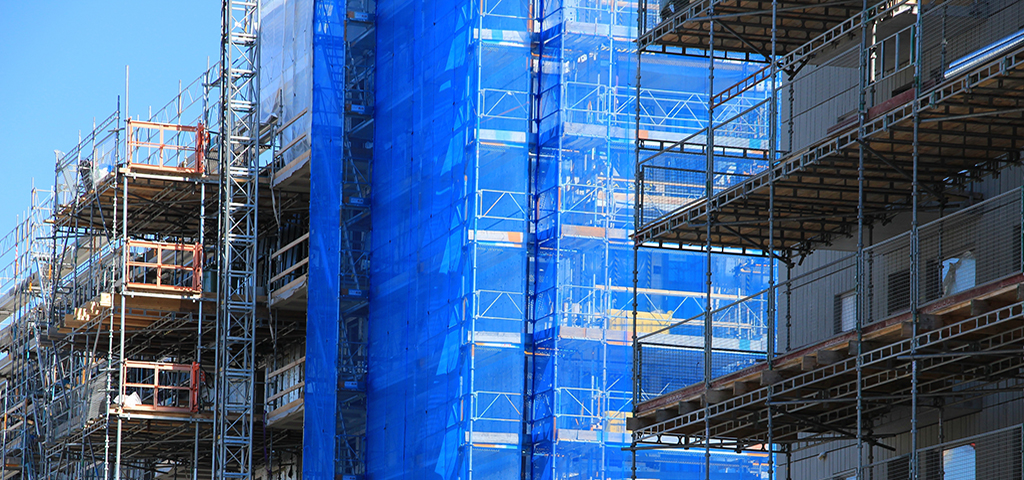
Wood is a climate-smart building material that can reduce carbon emissions, but it is also flammable and therefore requires special fire safety. Fire protection treatment can reduce the risk of fire spreading and make it possible to have more visible wood in buildings. The problem is that we know too little about how well these […]

Battery energy storage systems are now being installed in everything from homes to large facilities. As more installations are being installed, the risk of fires involving these systems also increases. To date, at least 60 battery fires in homes have been reported globally, and the number is increasing. In the event of a fire, lithium-ion […]
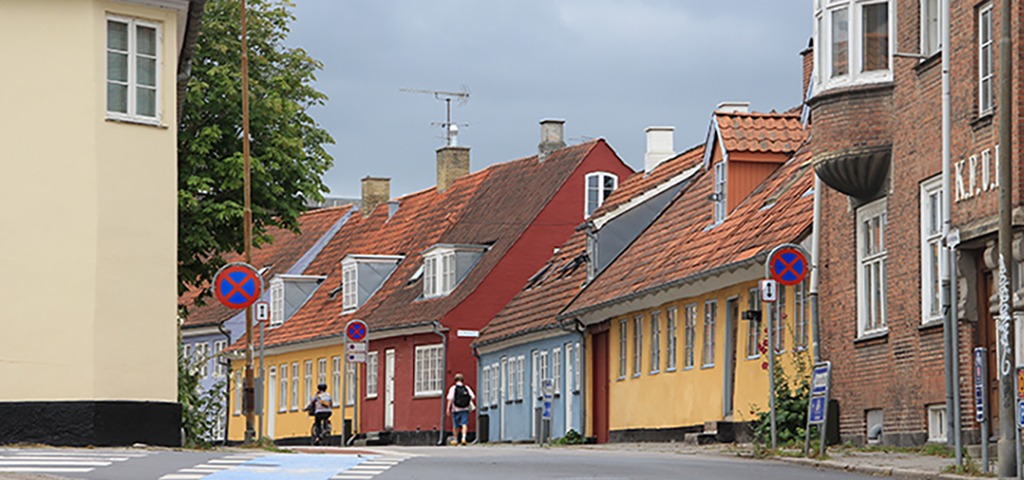
Previous research on the effectiveness of the emergency services has shown that ordinary citizens often play an important role when it comes to detecting crises and alerting or assisting with evacuation. In the event of a residential fire, the time dimension is crucial, and if spontaneous actions by passersby, neighbors, and others in the vicinity […]









